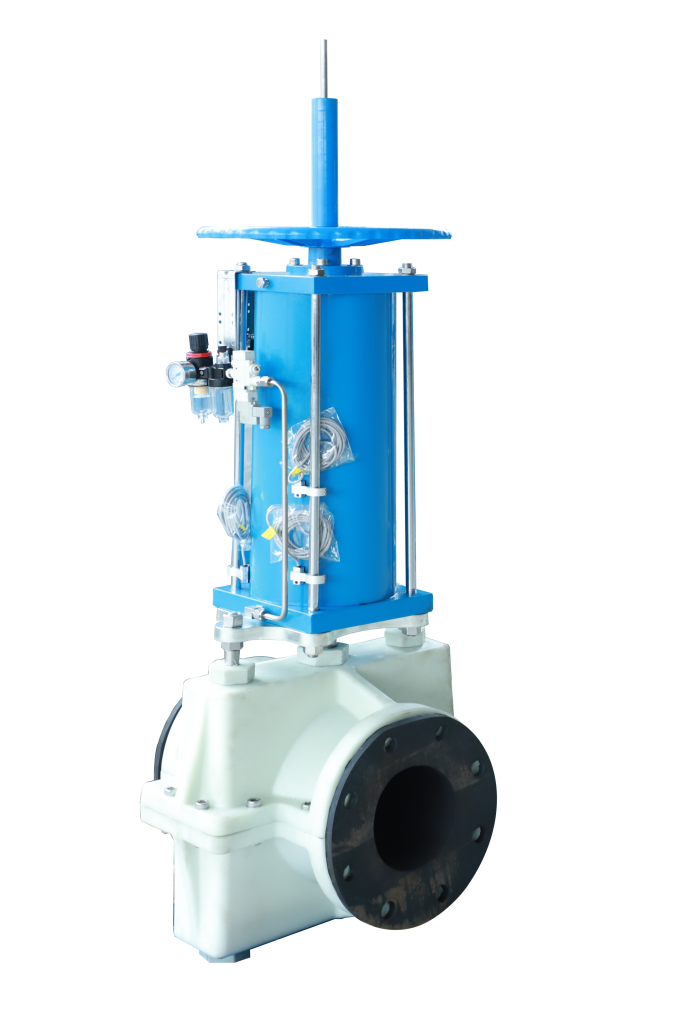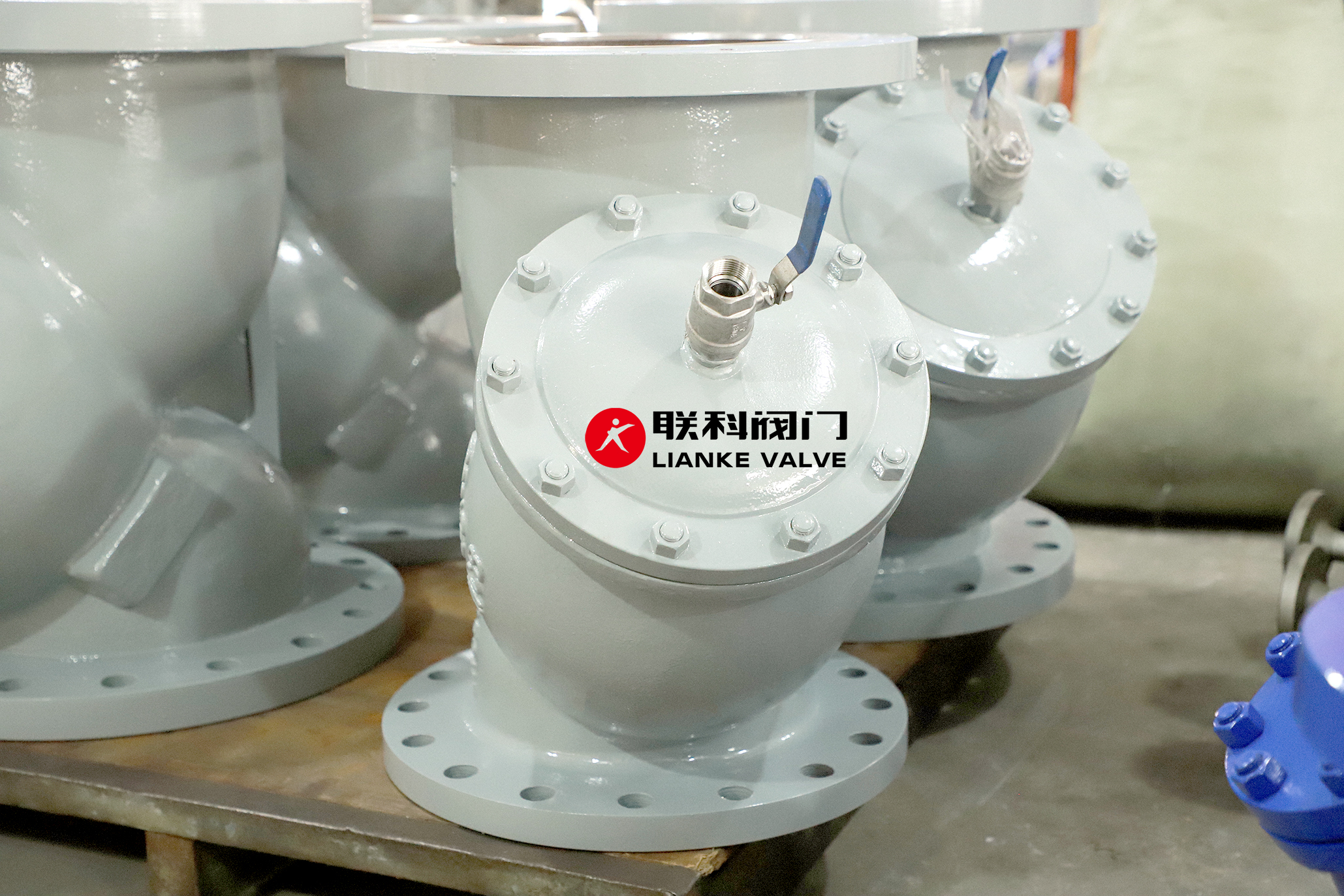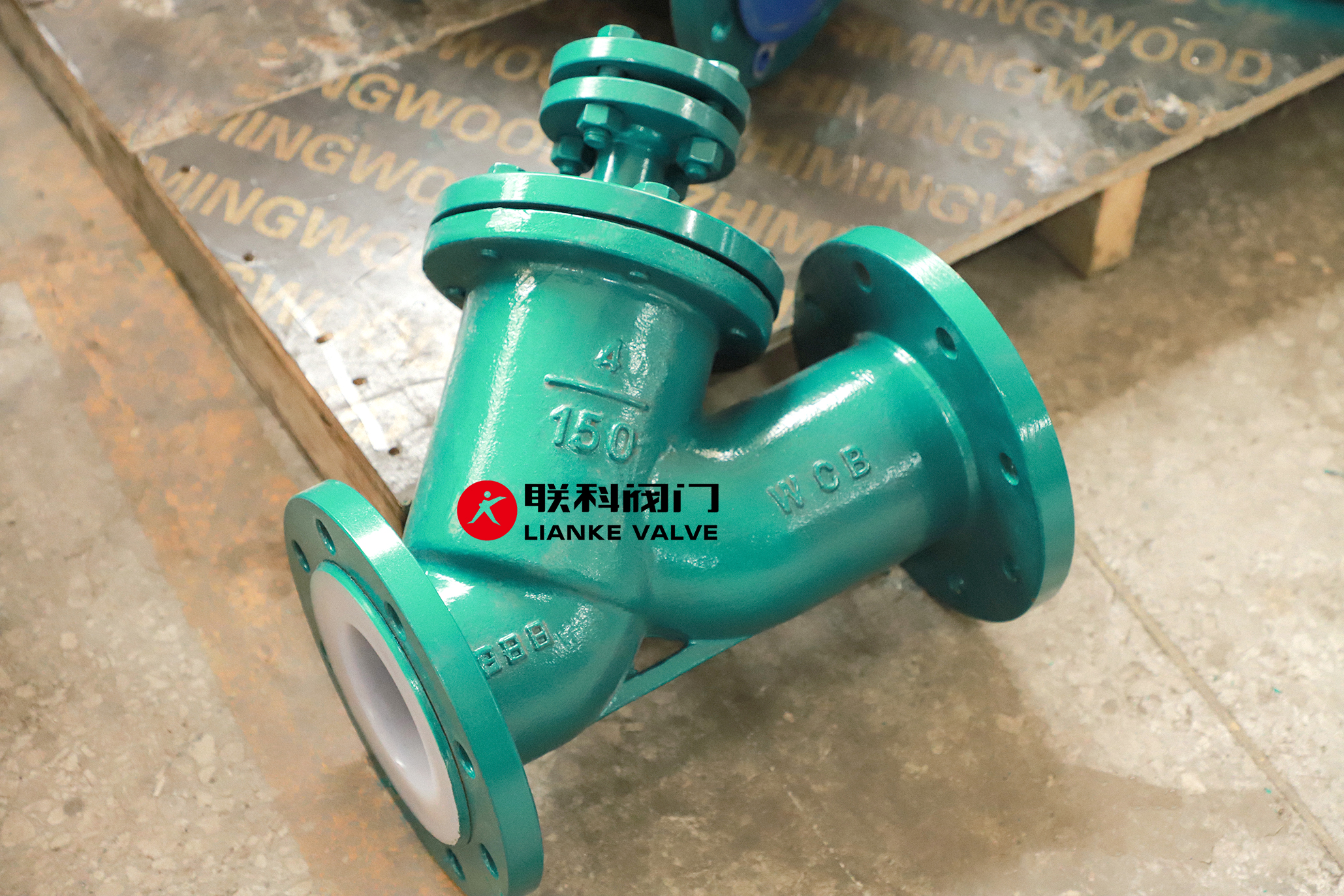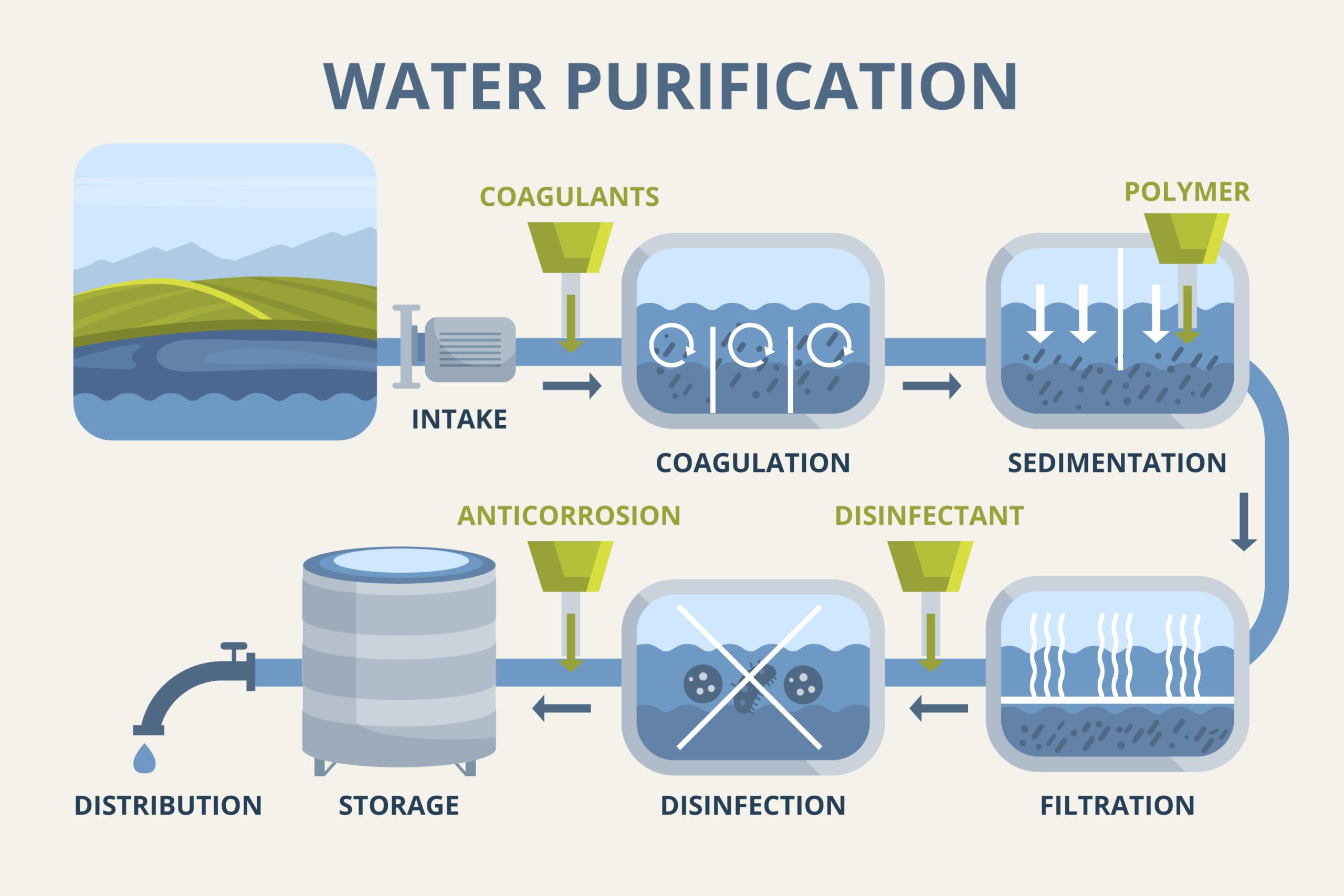

A pneumatic valve is a type of valve that operates using compressed air as its power source.
When the air is introduced to the valve, it generates the force needed to move the internal components and control the flow of various media, such as liquids, gases, or slurries.
In this article, you’ll learn about what pneumatic valves are, how they work, and their types, among others.
So, read on to learn more.

A pneumatically actuated valve consists of several key components that work together to control the valve’s operation. These include:
The working principle is simple: compressed air enters the actuator, generating force that moves the valve stem, which in turn rotates or moves the valve’s disc or ball to control the flow.
Pneumatic valves can be controlled through various methods, depending on the application requirements. They can be:
In this setup, the valve is operated using a manual lever or handwheel.
Air-actuated valves are commonly used in automation systems, where electronic signals or pressure changes trigger the valve’s movement.
In more sophisticated systems, the valve may be linked to a control panel that adjusts the valve’s position based on real-time data.
A pneumatic control valve can use solenoids to convert electrical signals into mechanical actions.
When the solenoid is energized, it controls the airflow into the actuator — allowing for precise valve operation.
Pneumatic valves offer several benefits that make them highly suitable for industrial environments. Some advantages include:
There are various types of pneumatic valves used in different applications, each with specific functions:
These valves use a rotating ball to control fluid flow and are commonly used for on/off applications.
These valves use a rotating disc to control the flow of fluids, and they are favored for their lightweight design and low cost.
Designed to prevent reverse flow, these valves ensure media flows in one direction only.
These regulate the flow rate of air or gas in a system for precise control over the process.
The key difference between pneumatic and electric valves lies in how they are powered and operated.
Pneumatic valves use compressed air, while electric valves rely on electrical power to operate.
To better understand other differences between pneumatic and electric valves, read below:
| Feature | Pneumatic Valves | Electric Valves |
| Power Source | Compressed Air | Electricity |
| Response Time | Fast | Slower in comparison |
| Reliability | High due to fewer moving parts | Moderate, with potential for electrical issues |
| Maintenance Requirements | Low | Higher due to electrical components |
| Initial Cost | Lower | Higher |
| Safety | Safer in explosive or hazardous environments | Requires careful consideration in hazardous areas |
| Application | Preferred for quick, repetitive operations | Used in precision control operations |
Pneumatic actuator valves tend to be faster and more suitable for harsh environments, while electric actuator valves are more appropriate for precise, slow-moving applications that require accurate positioning.
This table presents a clear comparison of the key factors to consider when selecting a pneumatic valve, along with the necessary considerations for each factor.
| Factor | Description | Considerations |
| Valve Type | Choose between pneumatic ball valves, pneumatic butterfly valves, or other types based on system needs. | For on/off control, a pneumatic ball valve is ideal; for larger pipes with low pressure, consider a pneumatic butterfly valve. |
| Actuation Method | Select between pneumatic actuator valves or valves with pneumatic actuators, depending on the available air pressure and control system. | Pneumatic actuator valves are faster for frequent cycling, while electric actuator valves offer precise control but respond more slowly. |
| Material | Ensure the valve’s material is compatible with the media it will handle, such as liquids, gases, or chemicals. | Use stainless steel for corrosive media, plastic for cost-effective applications, and brass for general-purpose use in moderate conditions. |
| Flow Rate | Ensure the valve’s flow coefficient (Cv) matches the system’s required flow rate. | Select a valve that can handle the volume and pressure to avoid flow restrictions or pressure drops. Pneumatic control valves are ideal for precision. |
| Size | The valve must match the pipe size to ensure proper fitting and operation. | Ensure the correct diameter for both valve and pipe to avoid leaks, pressure loss, or inefficiencies. |
| Pressure Rating & Temperature | Verify the valve’s pressure and temperature ratings to match your system’s conditions. | High-pressure systems may require valves with higher ratings. Choose materials and designs that withstand extreme temperatures if needed. |
| Application-Specific Needs | Consider industry-specific requirements, such as hygienic design for food processing or chemical resistance for harsh environments. | Use sanitary pneumatic valves for food/pharma applications. For abrasive media, select valves with high-durability materials like stainless steel. |
The pneumatic ball valve is the most widely used pneumatic valve in industrial applications. It operates by rotating a ball inside the valve to control fluid or gas flow.
This type is favored for its reliability, quick response, and straightforward on/off control.
A pneumatic valve regulates the flow of air, gas, or liquid in a system by utilizing compressed air.
It opens, closes, or adjusts flow rates, ensuring precise control for automation processes in various industries, including manufacturing, automotive, and food processing.
Another name for a pneumatic valve is an air-actuated valve.
It is also commonly referred to as a pneumatically actuated valve, emphasizing its operation through compressed air, as opposed to manual or electric actuation methods.
This term is frequently used in industrial contexts.
Resources:
Pneumatically vs. Electrically Actuated Ball Valves: Which Should You Use?

ANSI Class Ratings for Y strainer flanges tell you how much pressure and temperature the flange can handle. These ratings help you choose the right flange material and design to keep your piping system safe and efficient. If you’re installing or replacing a Y strainer in a pipeline, understanding ANSI ratings isn’t optional—it’s essential. Choosing […]

To choose the right wye strainer, you need to understand mesh and screen size. These determine what particles your system can filter out. The finer the mesh, the smaller the particles it catches. This guide explains how to select the correct strainer mesh size, use a mesh size chart, and compare mesh size vs micron […]

When choosing a filter or strainer for your system, micron ratings tell you how small the particles are that your filter can catch. In simple terms, the smaller the micron rating, the finer the filter. Whether you’re in water treatment, chemical processing, or any industry that relies on micron filtration, knowing the right micron size […]

Municipal water doesn’t just show up clean at the tap—it’s the result of a carefully managed process. The liquid filtration process for municipal water treatment plants is the backbone of safe, clean drinking water. From removing dirt and debris to eliminating harmful pathogens, each step in this system ensures water meets strict safety standards. In […]



